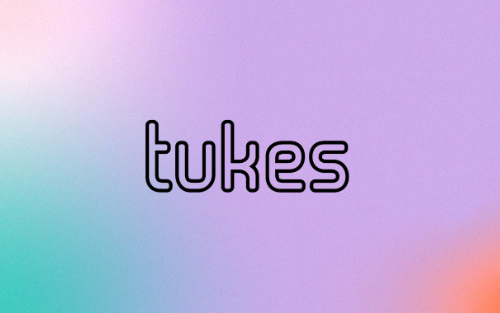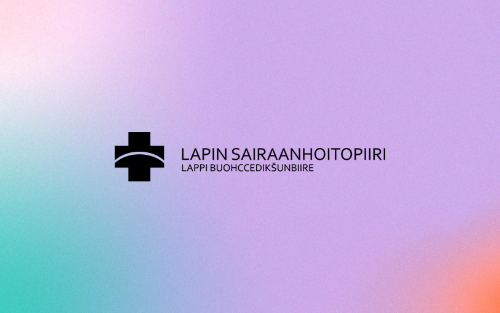Istekki – data and AI to help with nursing shortage in the social and health care sector
Health and social service operators are looking for new data-analytics-based solutions for more accurate and flexible resourcing planning. The reason for this is the nationwide shortage of nurses in the health and social services sector, where the need for care is growing and the requirements for the number of nurses present are being tightened in the care of the elderly.
Loihde' and Istekki’s project focused on the development of AI and machine learning prediction models related to nurse allocation, as well as researching the possibilities of advanced analytics on a concrete level.
Istekki improves the quality and efficiency of healthcare by developing new technological solutions for public healthcare operators. Smart medicine carts, the electrification of health care certificates, and the concept of a mobile hospital are examples of innovative projects that Istekki has made possible and that create added value for the customer.
Istekki’s desire to stay at the forefront of digitalization and its customer-oriented operating culture created ideal circumstances for taking its partnership with Loihde further through a new data analysis project related to nurse allocation. Loihde employees’ desire to understand the needs of end users and their previous experience in social and health care projects confirmed the choice.
Current state of nursing home resourcing
The nationwide shortage of nurses and the tightening requirements for the number of nurses per patient as a result of the recent legislative amendment make the labor market situation in the care sector more difficult. Therefore, there is interest in, for example finding new ways to help plan and anticipate work. The goal of nurse allocation requirements is to achieve an adequate quality of care that ensures a humane customer encounters and individualized care. At the pilot location, planning shifts at the nursing home Mäntykampus and ensuring sufficient workforce are laborious tasks that keep the nursing home’s management from other important work tasks.
Head of the nursing home, Raija Tiainen: “The project with Istekki and Loihde was related to topical issues. The sufficiency of employees has posed challenges to resourcing, which has taken time away from other work tasks. Automating the actions required to run my day-to-day work tasks and anticipating unexpected events would free up more time for my other managerial duties. It is also important to visualize the situation in the nursing home in stakeholder communication.”
As part of the project, employees in the care sector were interviewed. Based on the interviews, a number of opportunities were identified for utilizing data in anticipating the functioning of the nursing home and the sufficiency of resources, as well as in presenting the situation in the nursing home visually.
From specification to piloting
In the first phase of the project, Loihde produced a specification document. Based on interviews and other data collection, the document first described current challenges related to foresight, resource planning, and the implementation of nurse allocation. Secondly, the document described the data sources that could be used to develop foresight and visualization.
On the basis of this, several analyses were drafted, which examine the turnover of the nursing home’s customers, the change in the customer’s fitness, and the development of the form of housing over time. One of them was named a scenario analysis, which predicted two scenarios for the need for care workers 20 months ahead based on the rising trend in customer care needs and the legal requirements for the number of nurses.
In the second phase of the project, i.e. the pilot phase, we focused on the development of machine learning prediction models related to nurse numbers and the concrete exploration of the possibilities of advanced analytics. At Istekki’s request, we developed forecasting models using the Python programming language, which Loihde is an expert in.
The forecasting models were built using data on, for example, the customer’s level of fitness, which would be used to predict the timing of stressful work periods. The results were promising, but required more date to achieve a sufficiently reliable level of production. We chose statistical methods that were as simple and as easy to explain as possible, so that they could be understood by end-users.
Cooperation and the future
During the project, the partnership with Istekki intensified and information was shared by both parties. Low-threshold communication and a close relationship with the customer made it possible to quickly transfer data and set up development environments.
“Team work with Loihde was smooth and effortless. We achieved the set goals, even though the healthcare industry is well regulated and the data itself is quite fragmented. Their expertise was excellent, and I can recommend Loihde to others too,” says Markus Huhta, Istekki
Loihdes’ expertise in the field of social and health services has grown further with the project, which creates a good foundation for continuing cooperation with Istekki in the future. The growing demands of nurse allocation, as well as the increasing number of care workers who are changing careers, reinforce the need to predict the workload of employees. Healthy and satisfied employees are the cornerstone of the care sector, which benefits all stakeholders nationwide.



